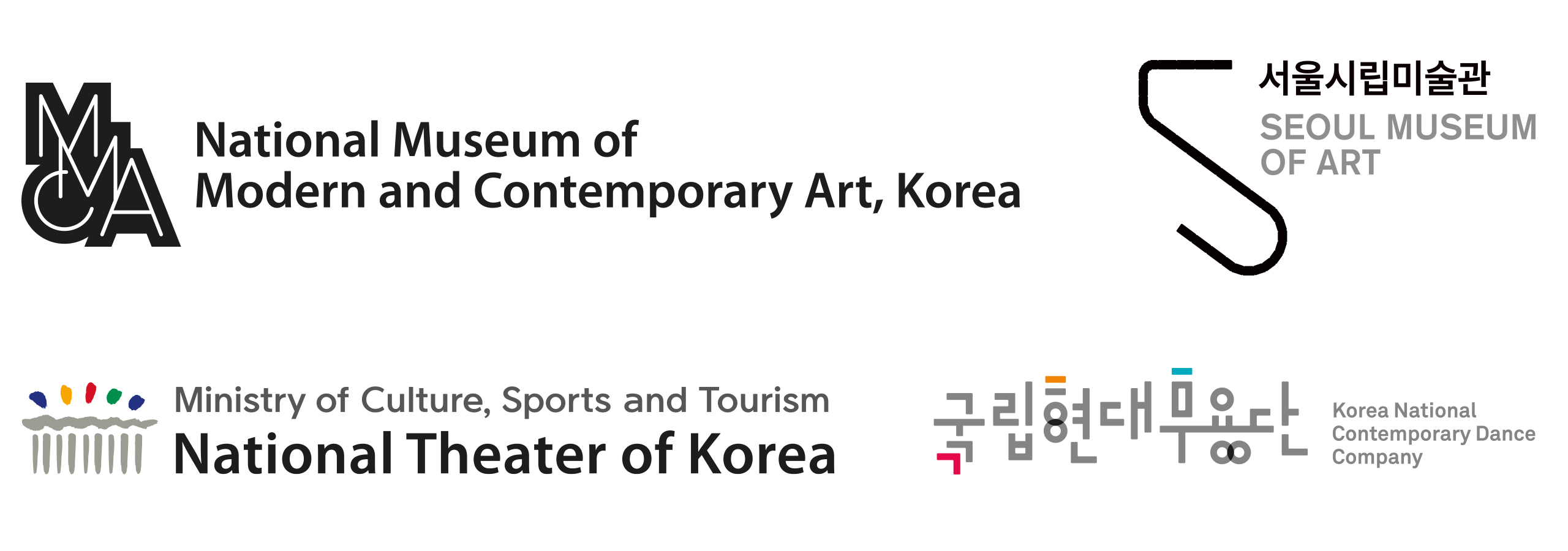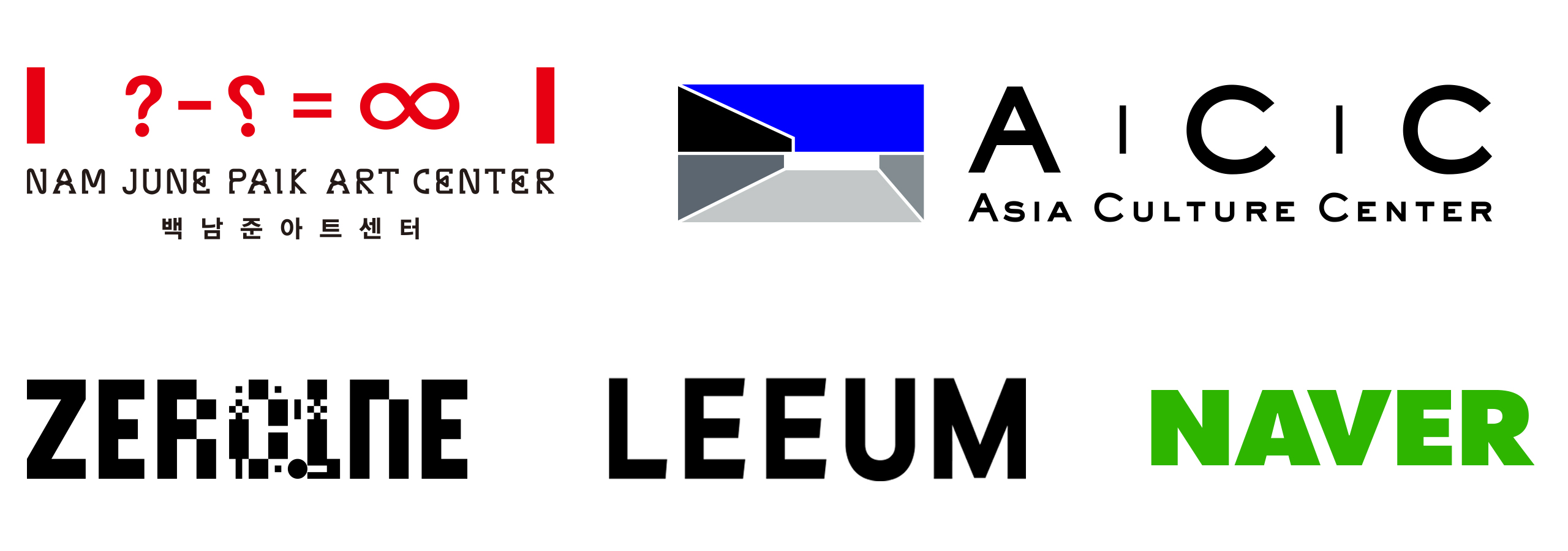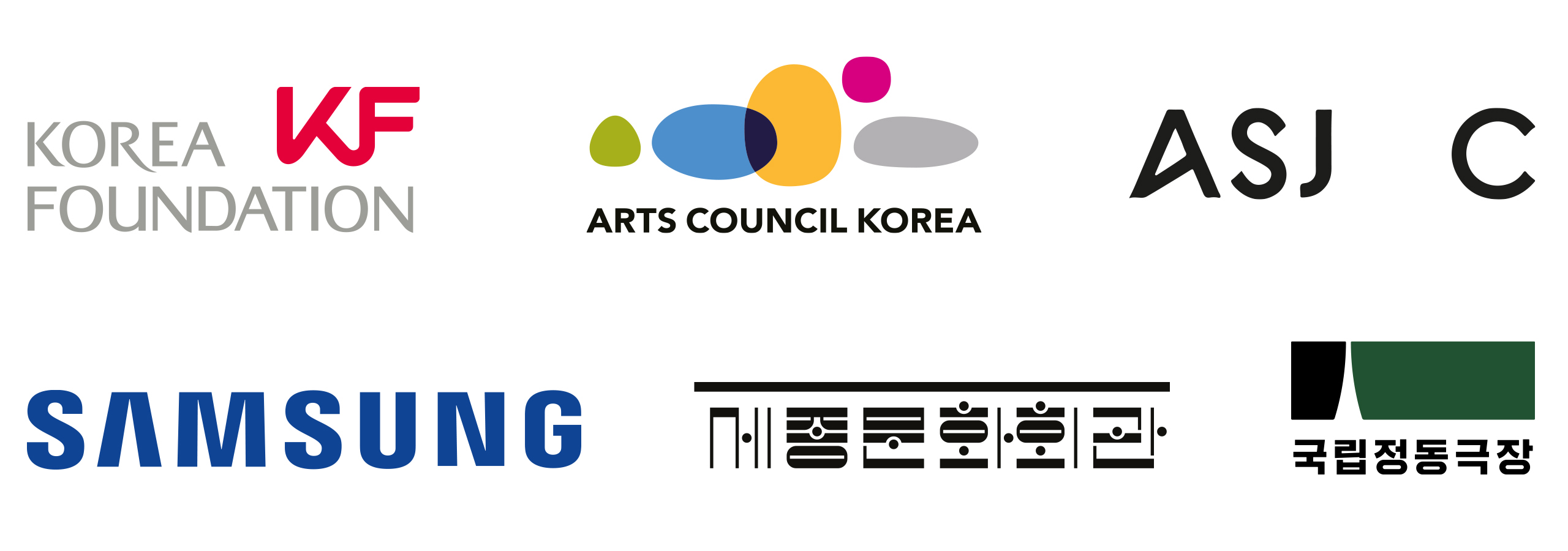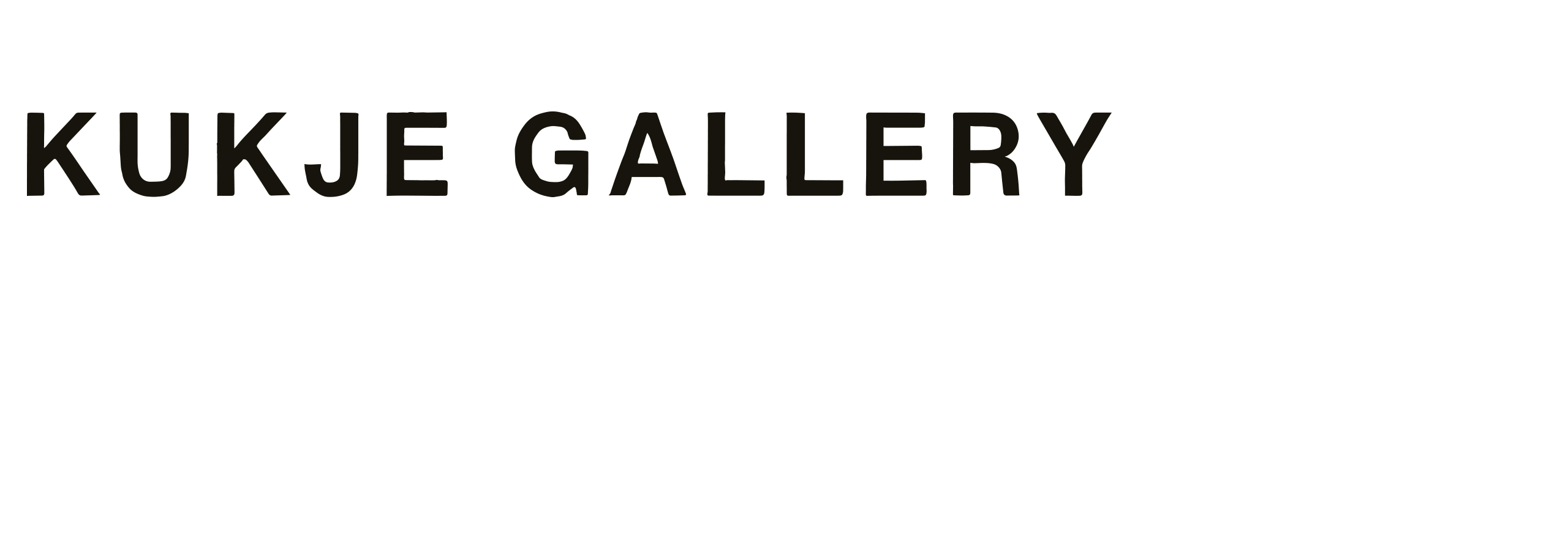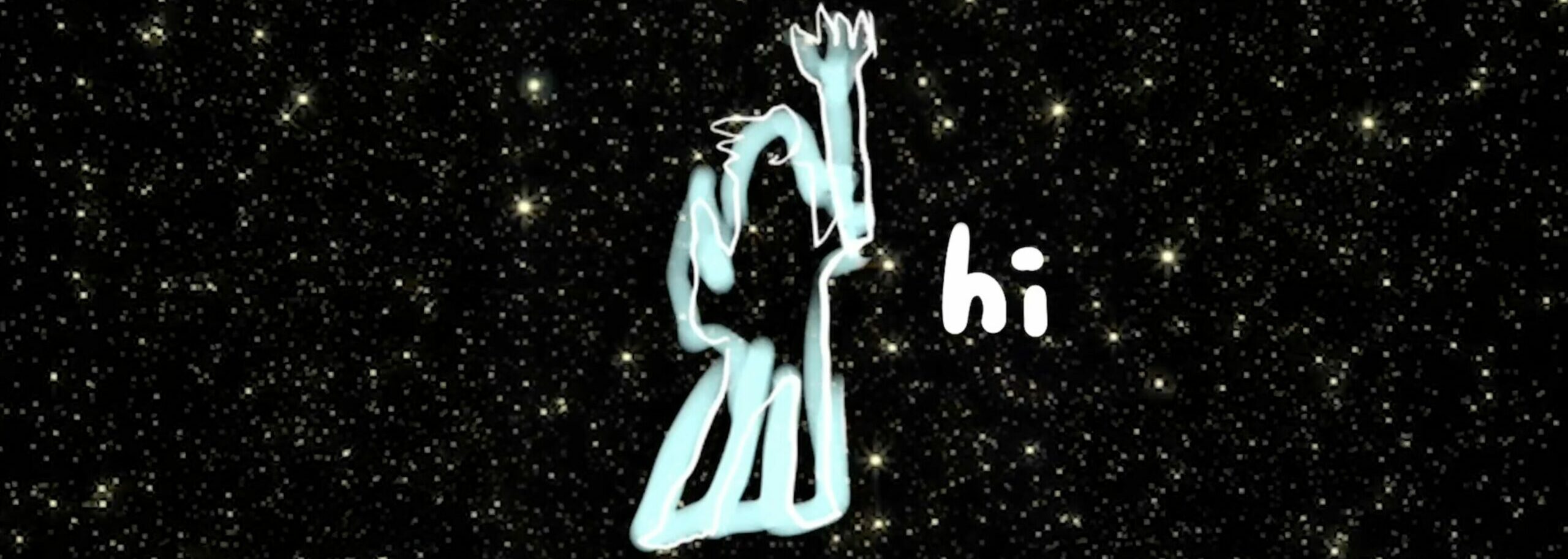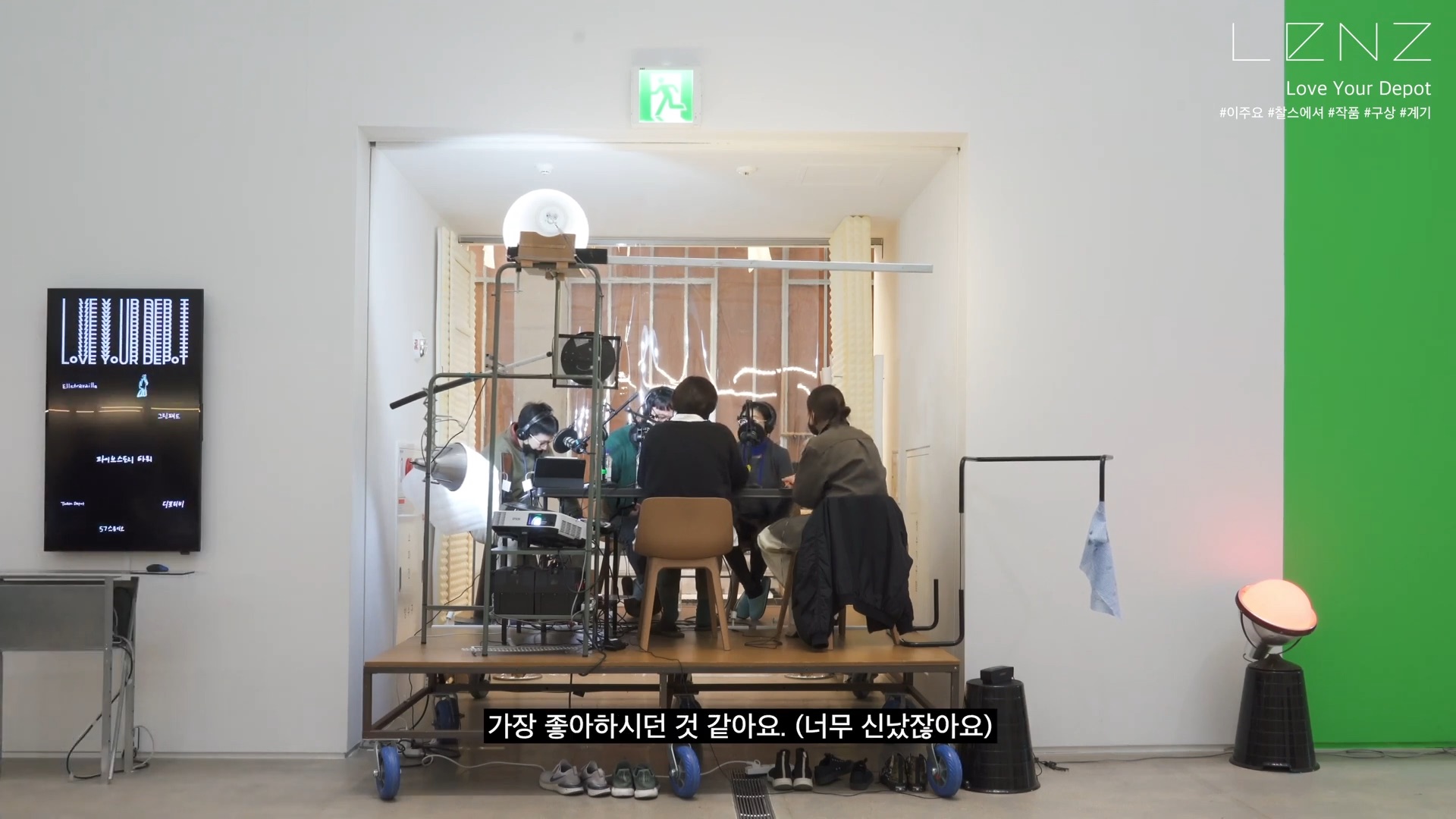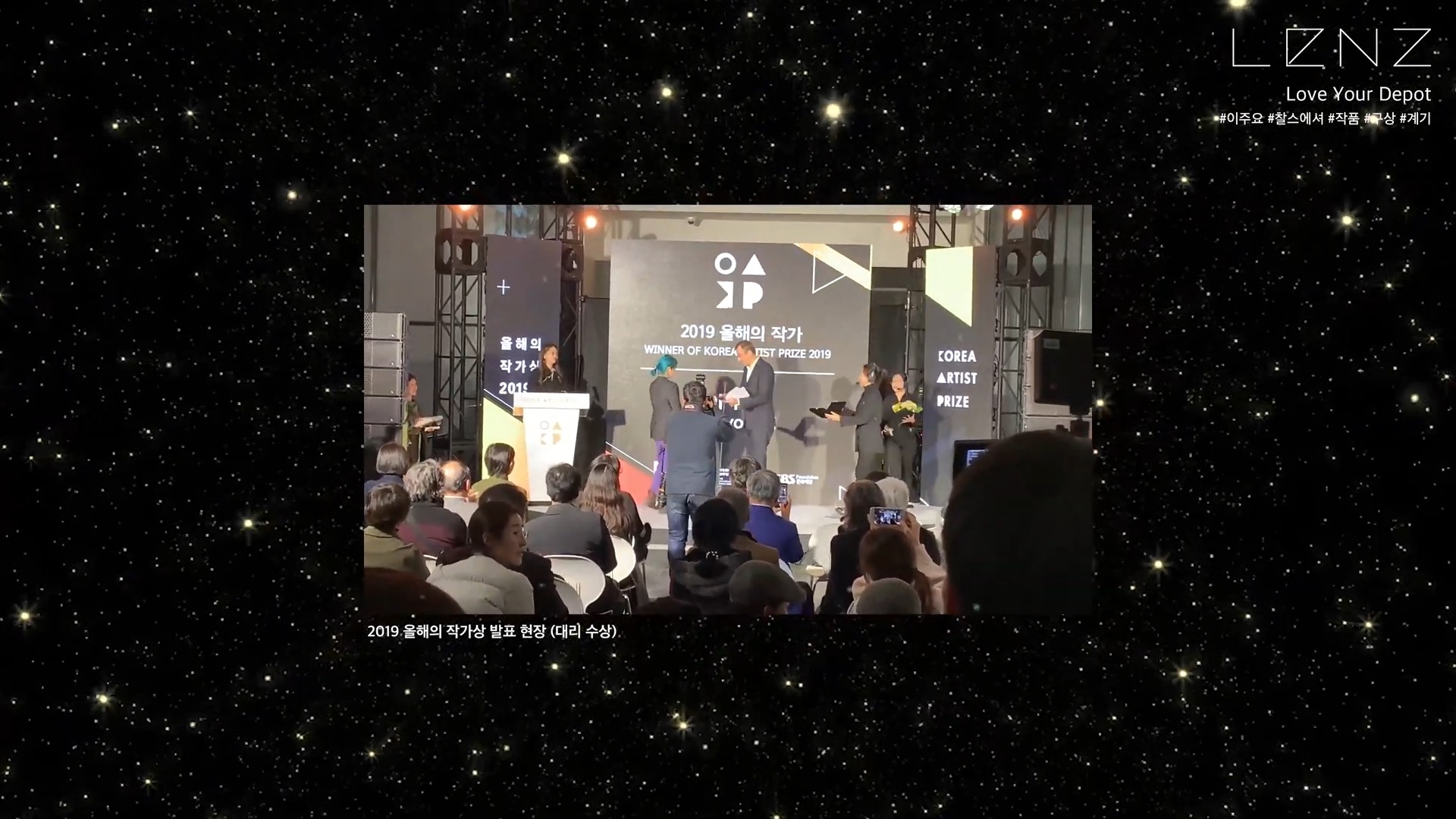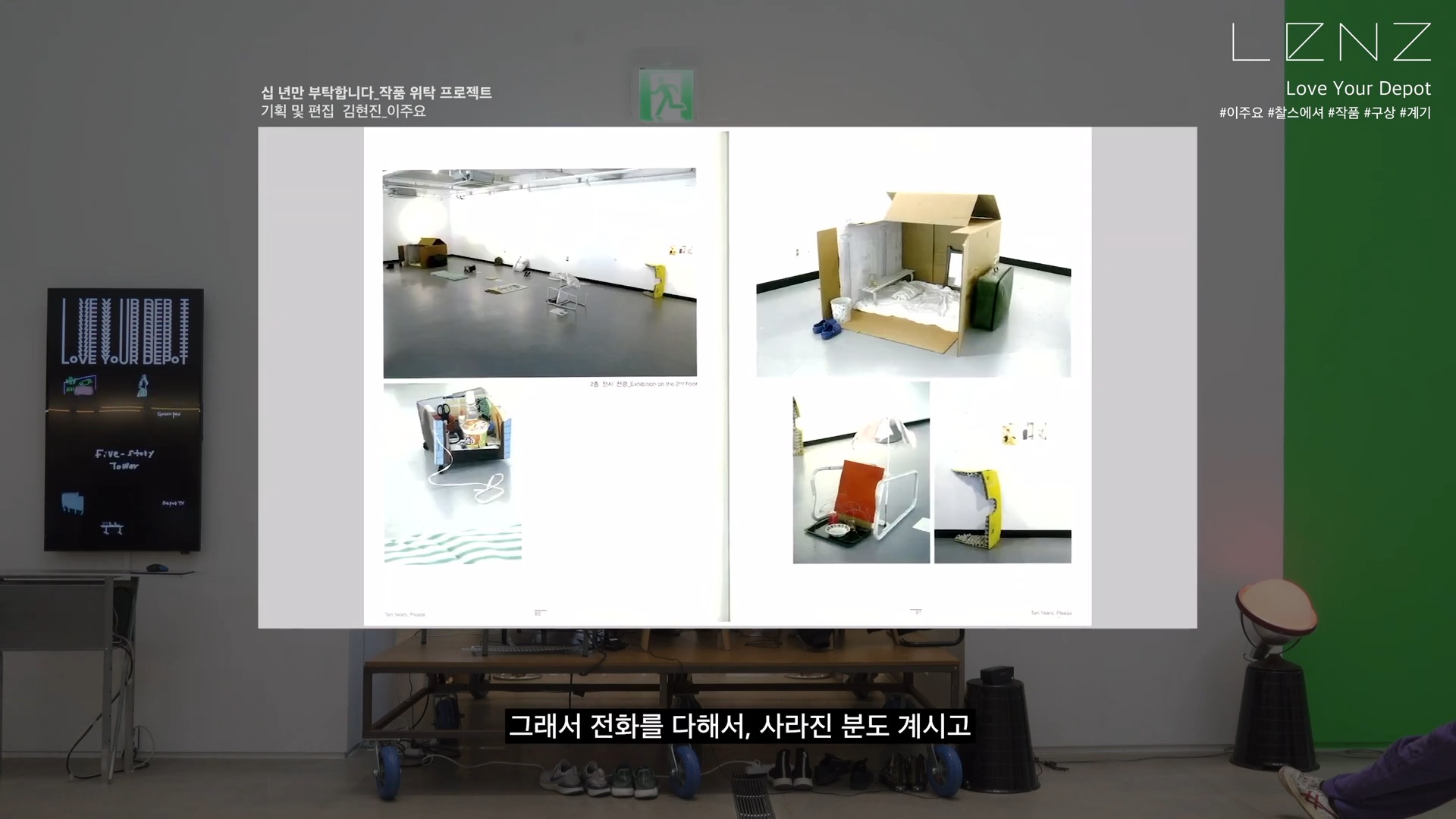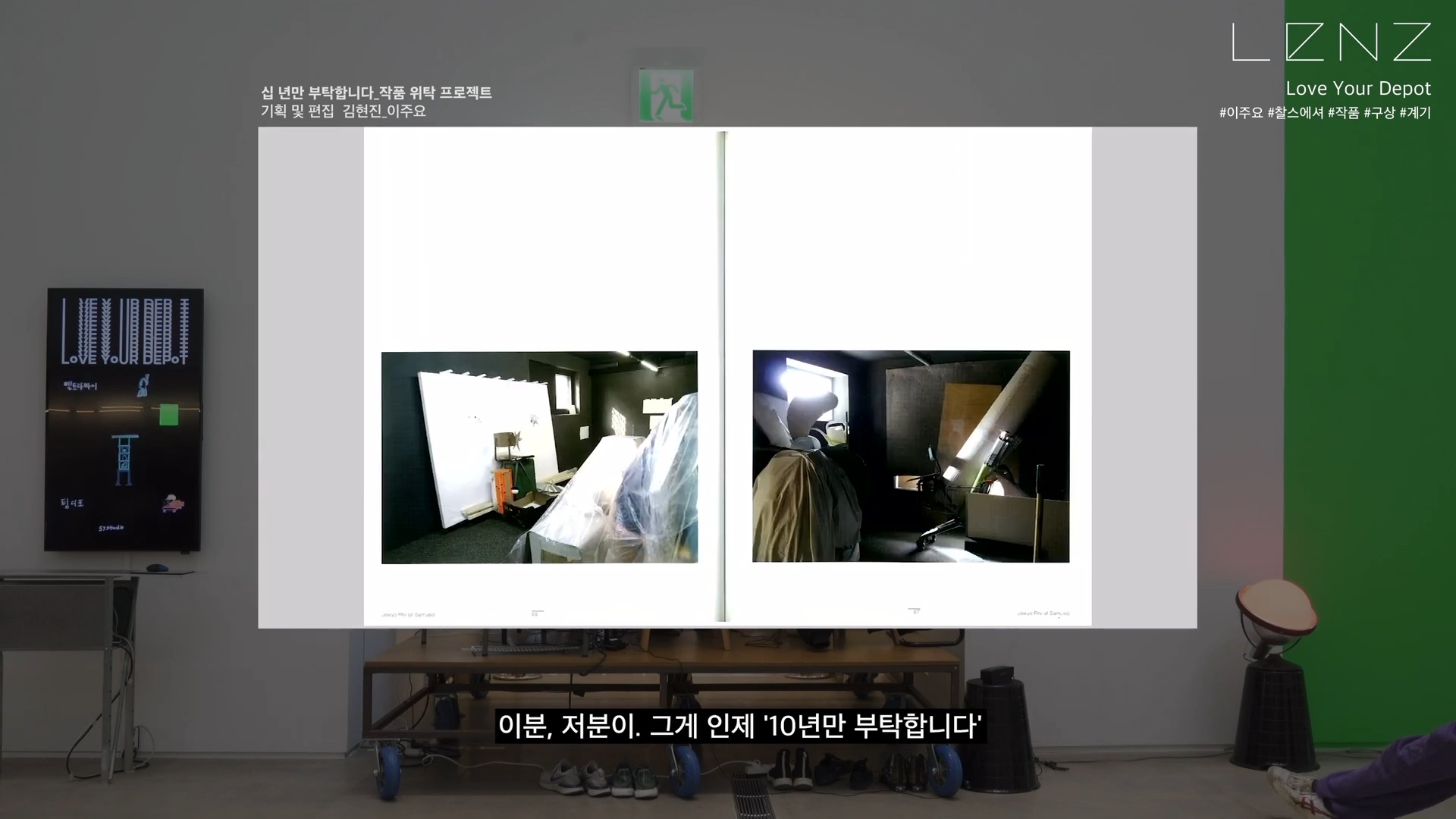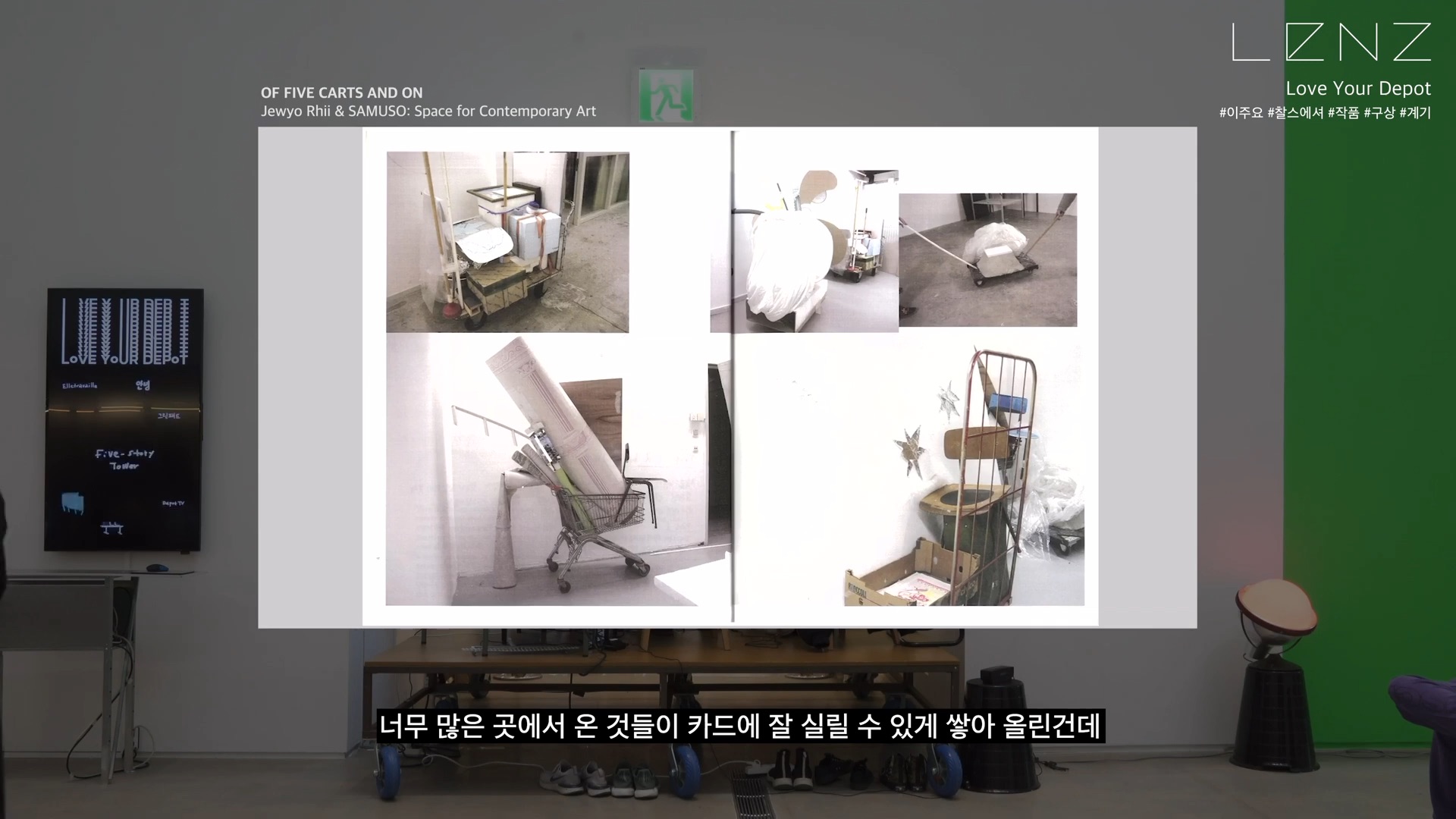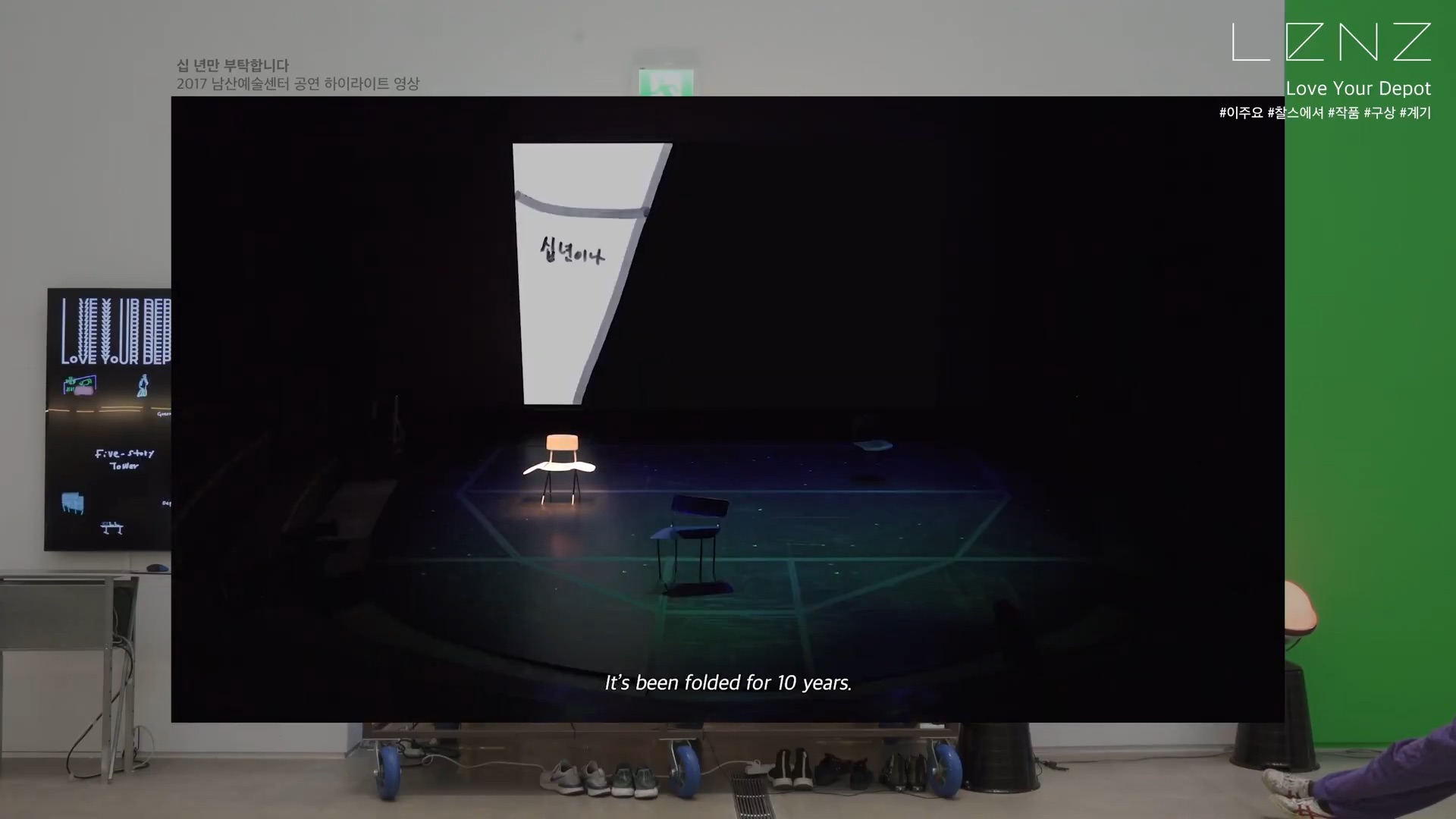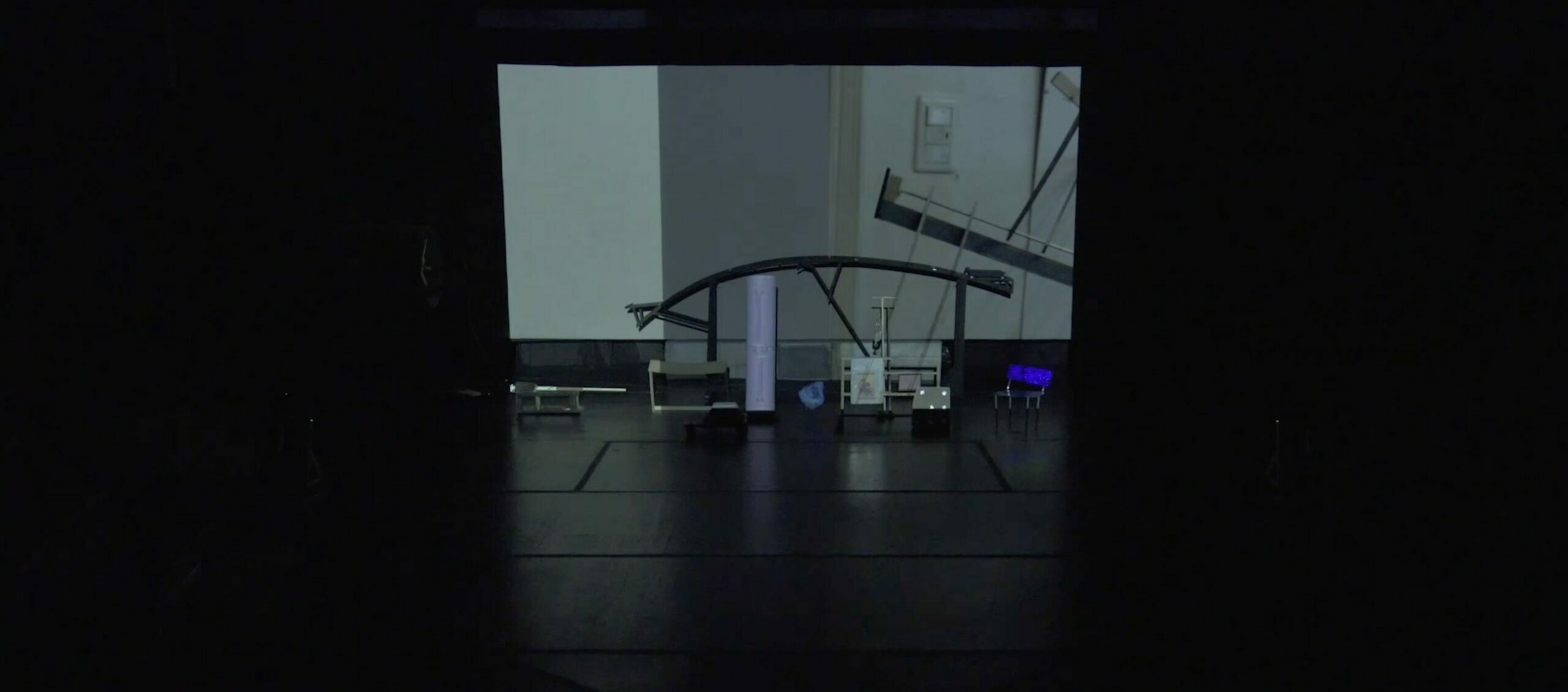MeeJee Lee: So, the work, in a way, is fragile. But seeing that some of your works have traveled abroad, how do they manage to withstand all that?
Jewyo Rhii: Many times, they don’t hold up well. Some of them break. Honestly, when I was younger… I’ll admit, I relied a lot on insurance.
MeeJee Lee: You whispered that!
Jewyo Rhii: I mean, it wasn’t fraud or anything. (laughs)
Ji-hyun: Insurance fraud squad!
Jewyo Rhii: No, no, I didn’t commit fraud.
MeeJee Lee: Just to help our listeners understand, when artworks are exhibited, they are usually insured. If the artwork gets damaged or accidentally harmed, museums or galleries will compensate for or repair it. So, when exhibitions are held, the artworks are insured. But since Jewyo’s works are so fragile, they often get damaged, which led to relying on insurance.
Jewyo Rhii: For example, in places like China, back in the early 2000s, contemporary art was still in its infancy. China continued to embrace traditional art forms and recognized them as the essence of art. With the support of Kim Sun-jung and other curators from Japan Foundation and other countries, we were invited to Beijing. That was actually the first contemporary exhibition there.
MeeJee Lee: In the early 2000s.
Jewyo Rhii: I think it was in 2002. I went there, and while other artists’ works also got damaged, the issue for mine was customs. When passing through customs, they sliced through the boxes with a cutter, and my works were shredded. That was when I received a lot of… attention.
MeeJee Lee: Oh, congratulations!
Jeong Ji-hyun: What’s there to congratulate? It’s a bittersweet story. But, here, am I supposed to follow the script and say, “So, ’10 Years, Please’ is made up of these episodes,” or do I just go with the flow?
MeeJee Lee: I’m sorry, I put too much pressure on you.
Jeong Ji-hyun: No, I was about to jump in, but then the question kind of veered off.
Jewyo Rhii: Sorry, my mistake.
MeeJee Lee: It’s just that I was curious. I thought maybe our listeners wouldn’t understand the whole insurance thing, so I asked about it.


